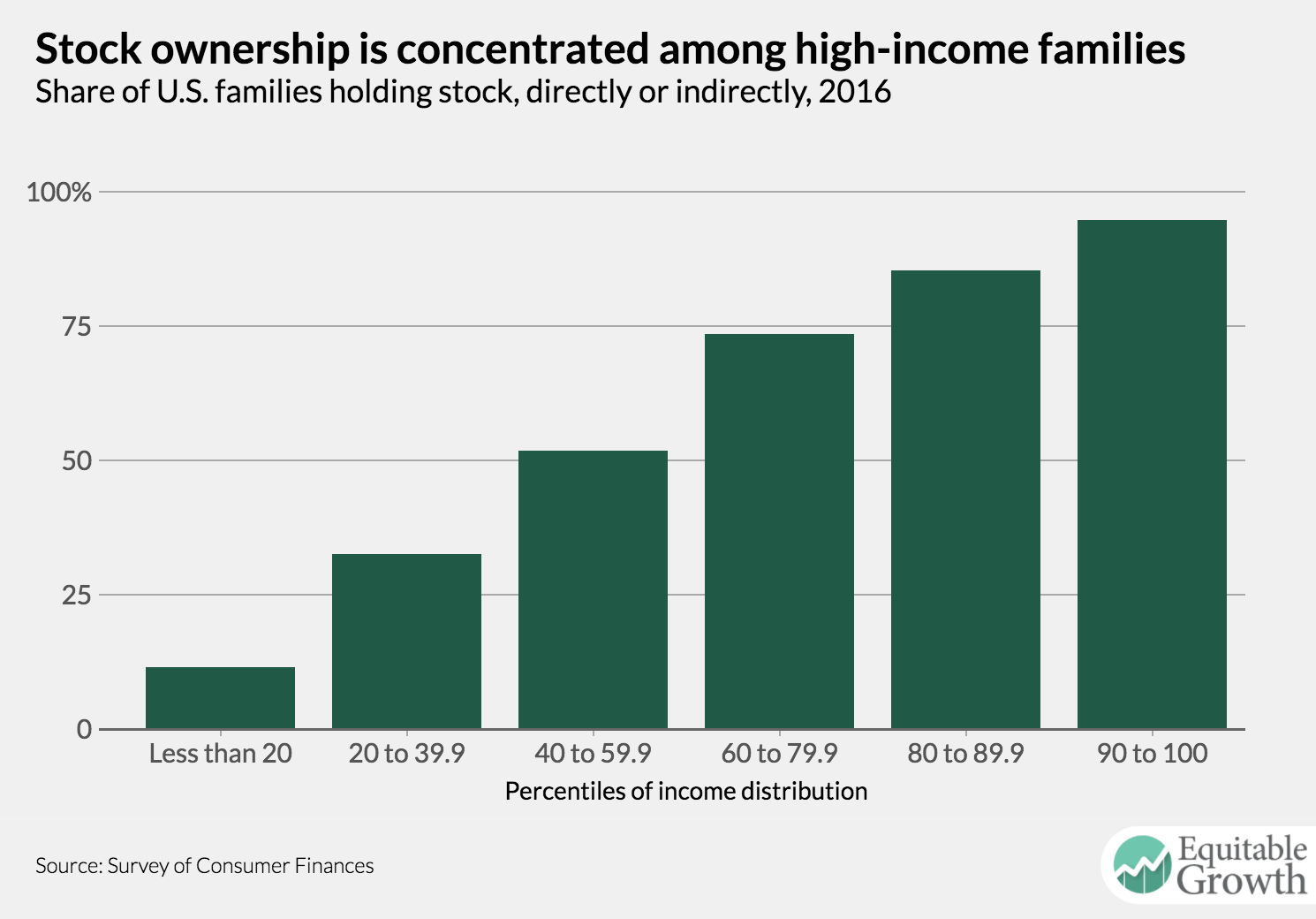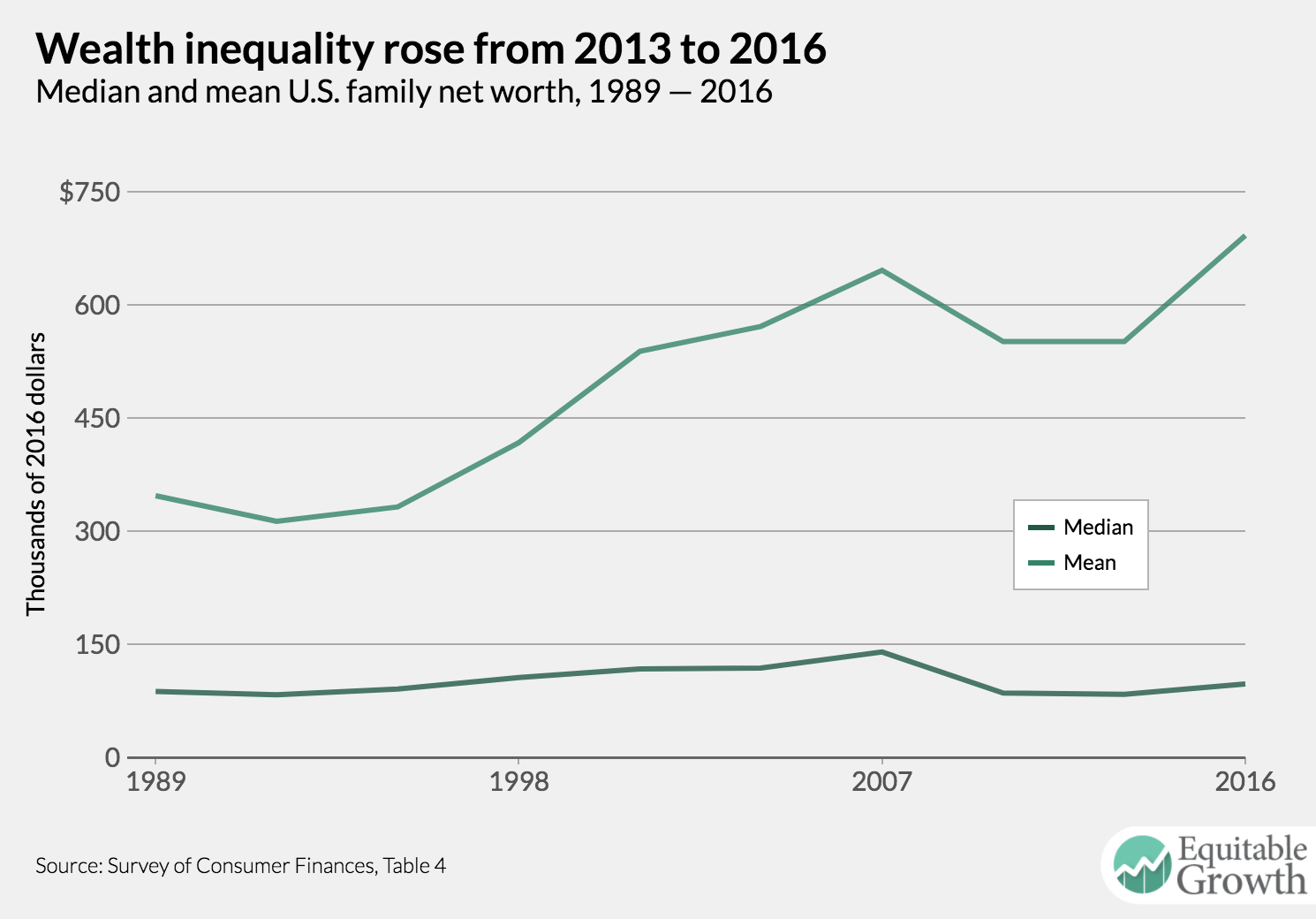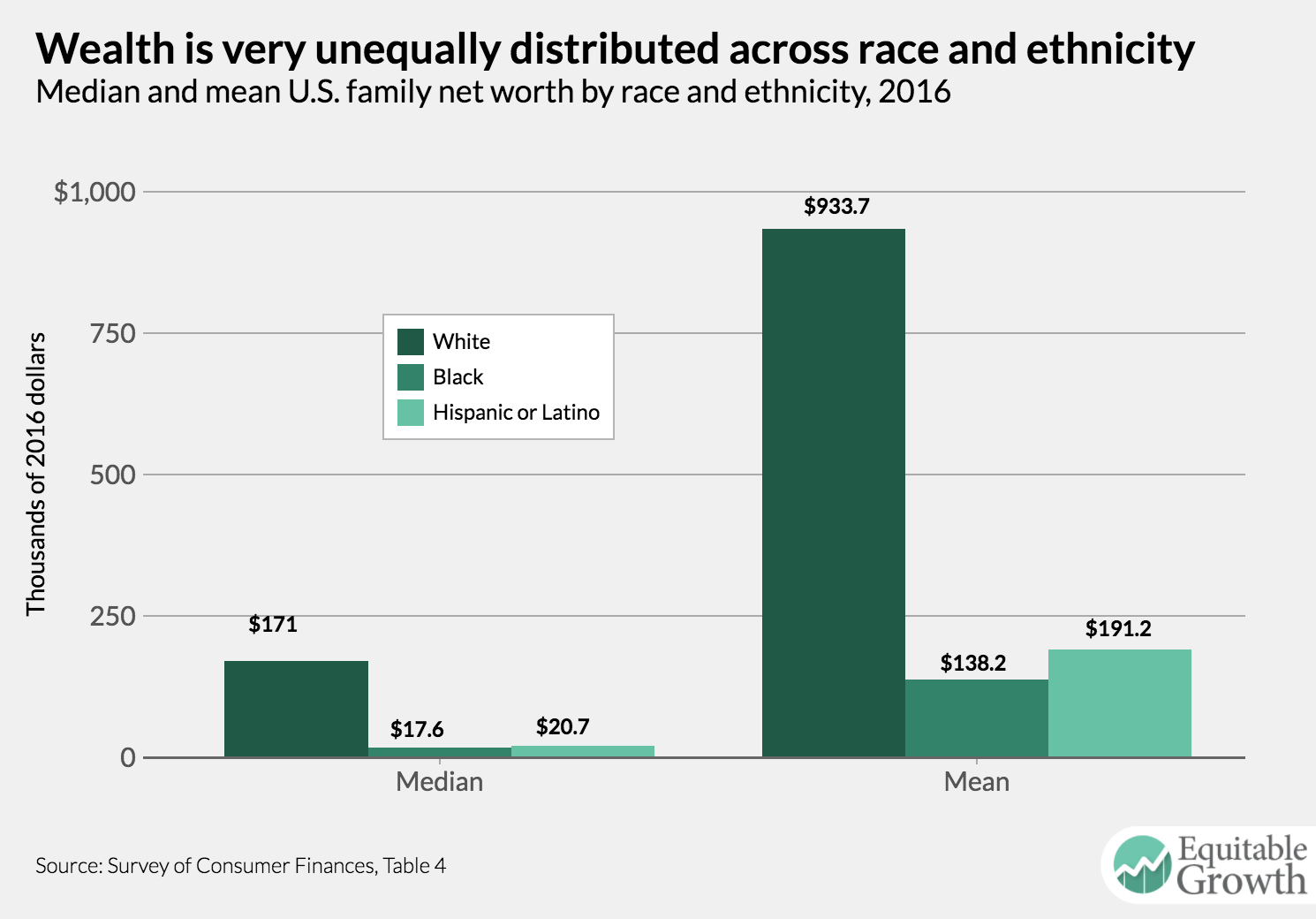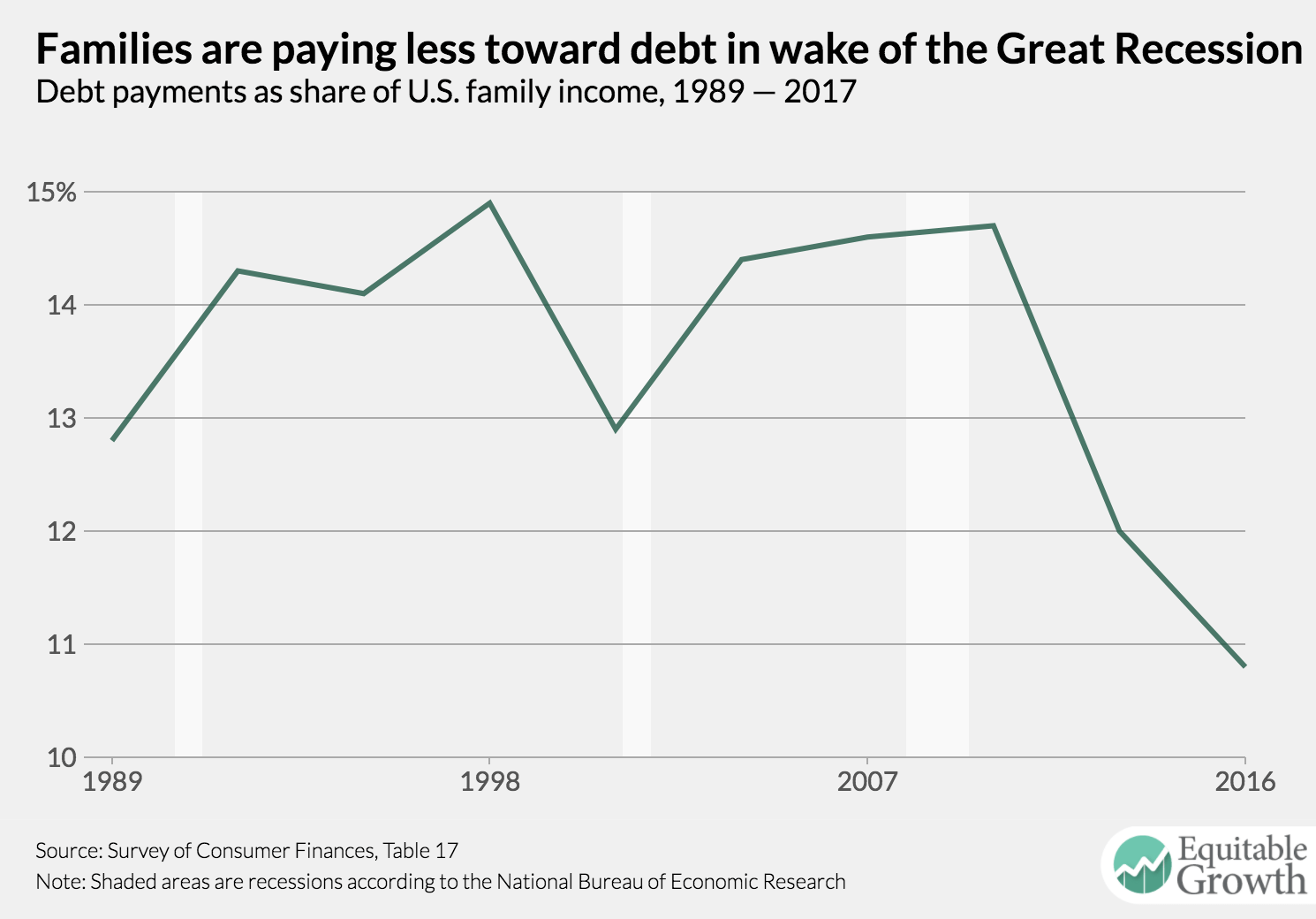Should-Read: Atif Mian, Amir Sufi, and Emil Verner: How do Credit Supply Shocks Affect the Real Economy? Evidence from the United States in the 1980s: “Does an expansion in credit supply affect the economy by increasing productive capacity, or by boosting demand?… http://www.nber.org/papers/w23802
…We design a test to uncover which of the two channels is more dominant, and we apply it to the United States in the 1980s where the degree of banking deregulation generated differential local credit supply shocks across states.
The stronger expansion in credit supply in early deregulation states primarily boosted local demand, especially by households, as opposed to improving labor productivity of firms. States with a more deregulated banking sector see a large relative increase in household debt from 1983 to 1989, which is accompanied by an increase in the price of non-tradable relative to tradable goods, an increase in wages in all sectors, an increase in non-tradable employment, and no change in tradable employment.
Credit supply shocks lead to an amplified business cycle, with GDP, employment, residential investment, and house prices increasing by more in early deregulation states during the expansion, and then subsequently falling more during the recession of 1990 and 1991. The worse recession outcomes in early deregulation states appear to be related to downward nominal wage rigidity, household debt overhang, and banking sector losses…





